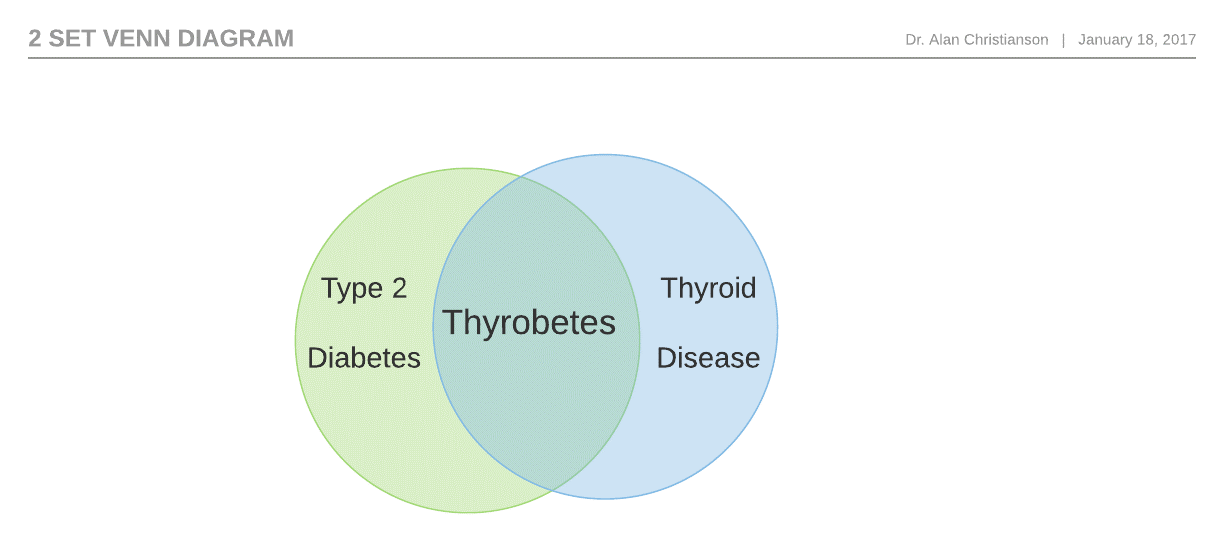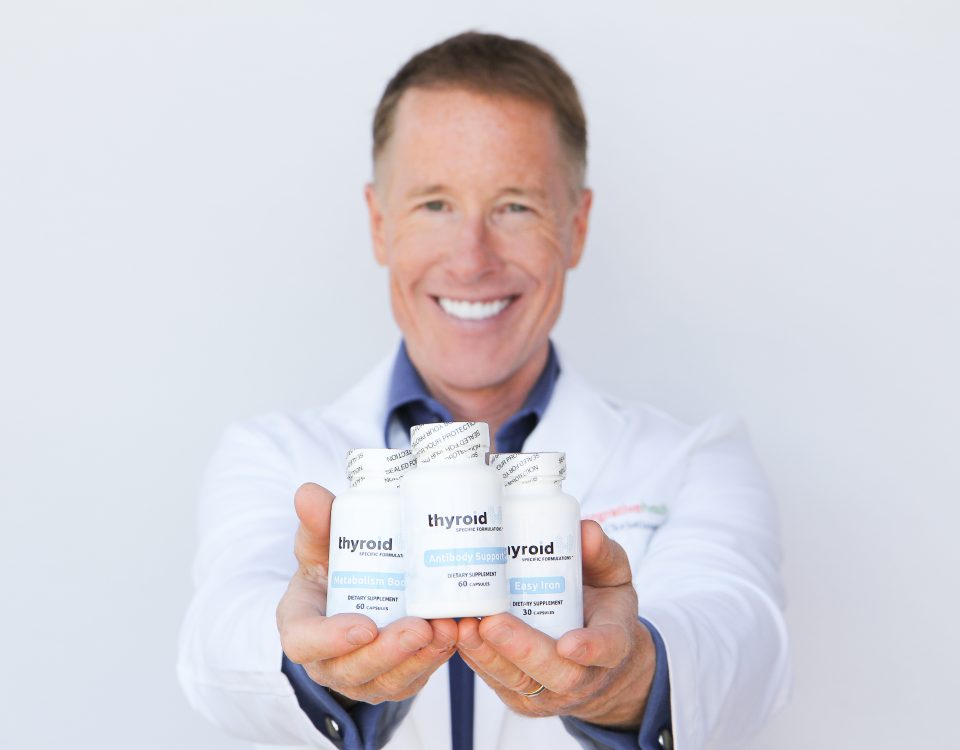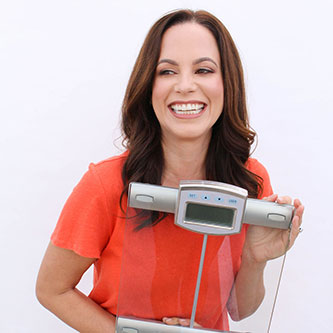The Ideal Free T4 Range for Hypothyroidism
The first thing that reflects your thyroid status is your TSH. Unfortunately, the conventional world has gotten too wrapped up in thinking that you’re doing great as long as your TSH is normal.
At the same time, the natural world of medicine ignores TSH altogether. Both approaches lack nuance, but if you drive the T3 and T4 levels to the high side of normal, the body will fight back.
Lowering your TSH is dangerous and it corresponds with many additional risks. The first goal is regulating your thyroid levels is getting your TSH where it needs to be (in a good range).
This does not mean medication as a first step, but as a last one. The Thyroid Reset Diet improves TSH scores for over 80-90% of people.
And, once your TSH has gotten healthy, if your T3 and T4 are not yet where they need to be, it doesn’t mean that you need a different amount of hormone.
What it means is that you need better thyroid regulation. How does that happen? The easiest way to treat it is with a blend I made called T2/T3 Converter.
And, if your levels are off and still not stabilizing, we need to consider some other factors. These might include:
- Anemia
- Cortisol abnormalities
- Blood sugar problems
When your TSH is reasonable but your T3 and T4 are off, that is no longer a thyroid issue. That is a problem with the regulation of thyroid hormones.
As it concerns the TSH being optimal, it does not mean that medications make you feel optimal (if your TSH is not there). We have a lot of data saying that, even if your TSH is really high (between 5 and 20) in most cases medications will not improve symptoms.










